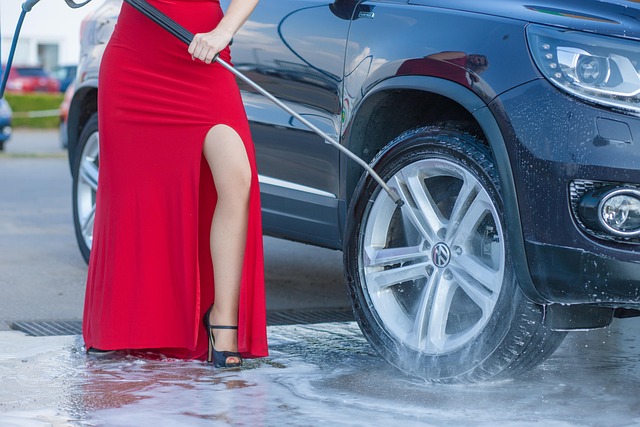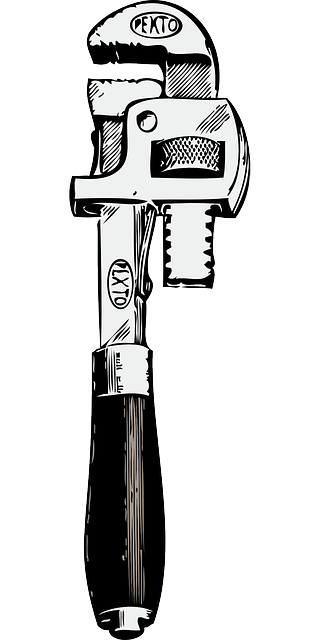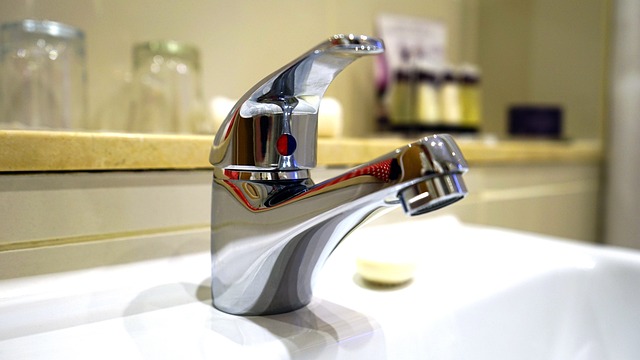Understanding a plumbing system's components (pipes, fixtures, valves, appliances) is crucial for thorough inspections and preventing emergencies. Regular checks identify issues like leaks, corrosion, blockages, and hazards such as old pipes, preventing costly damage and disruptions. Preventive maintenance includes professional assessments, part replacements, and leak sealing, ensuring optimal system health and longevity. By addressing problems promptly, homeowners can avoid emergency situations and promote efficient water system management.
Inspections play a vital role in assessing and maintaining plumbing health, crucial for preventing unexpected emergencies. By delving into the intricacies of your plumbing system, from pipes and fixtures to water heaters and sewers, regular checks can unveil potential issues before they escalate. This article guides you through understanding plumbing components, recognizing common problems identified during inspections, and adopting best practices for comprehensive emergency prevention.
- Understanding Plumbing System Components: A Foundation for Effective Inspections
- The Role of Regular Plumbing Checks in Preventing Emergencies
- Common Plumbing Issues Identified During Inspections
- Best Practices for Comprehensive Plumbing Health Evaluation
Understanding Plumbing System Components: A Foundation for Effective Inspections

Understanding the various components that make up a plumbing system is essential for conducting thorough inspections and identifying potential issues. A plumbing system comprises several key elements, each playing a critical role in maintaining water supply and waste removal. By familiarizing ourselves with these components, inspectors can better navigate and assess the overall health of the system. This foundational knowledge enables them to detect even subtle problems that could lead to costly repairs or, worse, emergency situations.
For instance, understanding the layout of pipes, fixtures, valves, and appliances allows for a systematic approach during inspections. It helps in recognizing signs of corrosion, leaks, or blockages that might go unnoticed otherwise. Moreover, recognizing potential hazards like old, fragile pipes or improperly installed fittings can prevent emergencies related to burst pipes or gas leaks. With this knowledge, inspectors can provide valuable insights to homeowners and property managers, ensuring the efficient operation and longevity of their plumbing systems.
The Role of Regular Plumbing Checks in Preventing Emergencies

Regular plumbing checks play a pivotal role in preventing emergencies that can disrupt daily life and cause significant financial losses. By scheduling routine inspections, homeowners and property managers can identify potential issues early on, well before they escalate into major crises. These checks allow for the timely detection of leaks, clogs, corrosion, and other problems that might go unnoticed until it’s too late.
Preventive maintenance is key to emergency avoidance. During these inspections, professionals can assess the overall health of plumbing systems, replacing worn-out parts, sealing leaks, and offering expert advice tailored to specific properties. This proactive approach ensures not only the continuity of a home or building’s comfort but also safeguards against unforeseen, costly repairs in the future.
Common Plumbing Issues Identified During Inspections

Plumbing inspections are crucial for identifying potential issues before they become costly emergencies. Common problems discovered during these assessments include leaks, which can range from small drips to larger, more damaging leaks that compromise the integrity of plumbing systems. Corrosion and rust buildup in pipes, fittings, and appliances are also frequent findings, indicating necessary maintenance or replacement.
Blockages in drain lines and sewer systems often require immediate attention to prevent overwhelming backups into homes or businesses. Inspectors also look for signs of inadequate water pressure, which could point to issues with pumps, filters, or pipe restrictions. Identifying these problems early through inspections promotes efficient emergency prevention and ensures the longevity of plumbing systems.
Best Practices for Comprehensive Plumbing Health Evaluation

To ensure a comprehensive plumbing health evaluation, follow these best practices: regularly inspect for leaks and corrosion, as even small issues can escalate into major emergencies over time. Keep an eye on water pressure and flow rates, as discrepancies might indicate problems with pipes or fixtures. Stay vigilant about unusual noises coming from plumbing systems, which could signal pipe damage or blockages.
Regular maintenance is key to emergency prevention. Schedule professional inspections at least annually, especially in older homes, to identify potential issues early. Keep accurate records of all repairs and replacements for future reference. By adopting these practices, you contribute to the overall health and longevity of your plumbing system, minimizing costly emergencies and disruptions.






